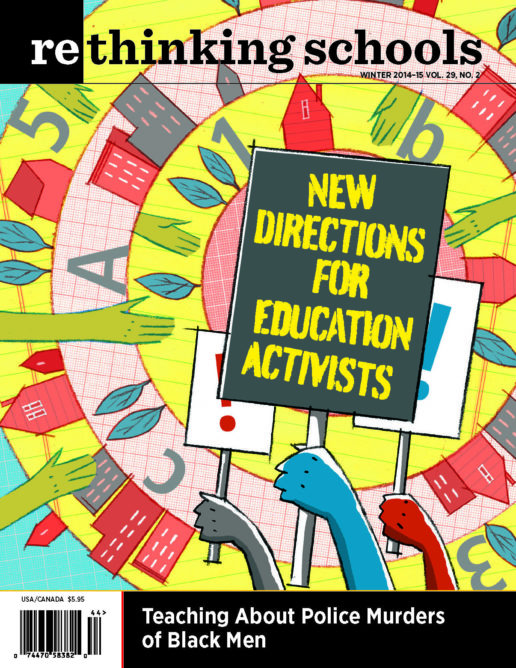Preview of Article:
Portraits from a Public School in Harlem
In the spring of 2009, Darren Marelli, a public school social worker, began to photograph teachers and staff at his public school in Harlem. Months before, the New York City Department of Education (DOE) had announced plans to close Marelli’s school—P.S. 241, the Family Academy—claiming that the school and its teachers had failed. The school had seen its enrollment decline steadily and test scores were not to the DOE’s liking.
Marelli had worked side by side with the teachers at his school since 1999. What he saw was far from failure. Every day he witnessed dedicated, courageous teachers working hard to serve a high-needs student body while critical support and resources dwindled away. He began chronicling the teachers through photographs and recording some of their words because he wanted to capture them as he knew them—as heroes.
A School for Children and Their Families
When Marelli started at P.S. 241 in 1999, the school received an abundance of support from the DOE and the private sector. Millions of outside dollars poured into P.S. 241 to fund enrichment, after-school, and family support programs. At the time, the Family Academy enrolled more than 900 students from pre-kindergarten through 8th grade—nearly 90 percent of whom qualified for free or reduced lunch. Today, in 2014, the school goes by the name STEM Institute of Manhattan and serves fewer than 110 students. The reasons for this drastic decline in student enrollment are complex and troubling.

